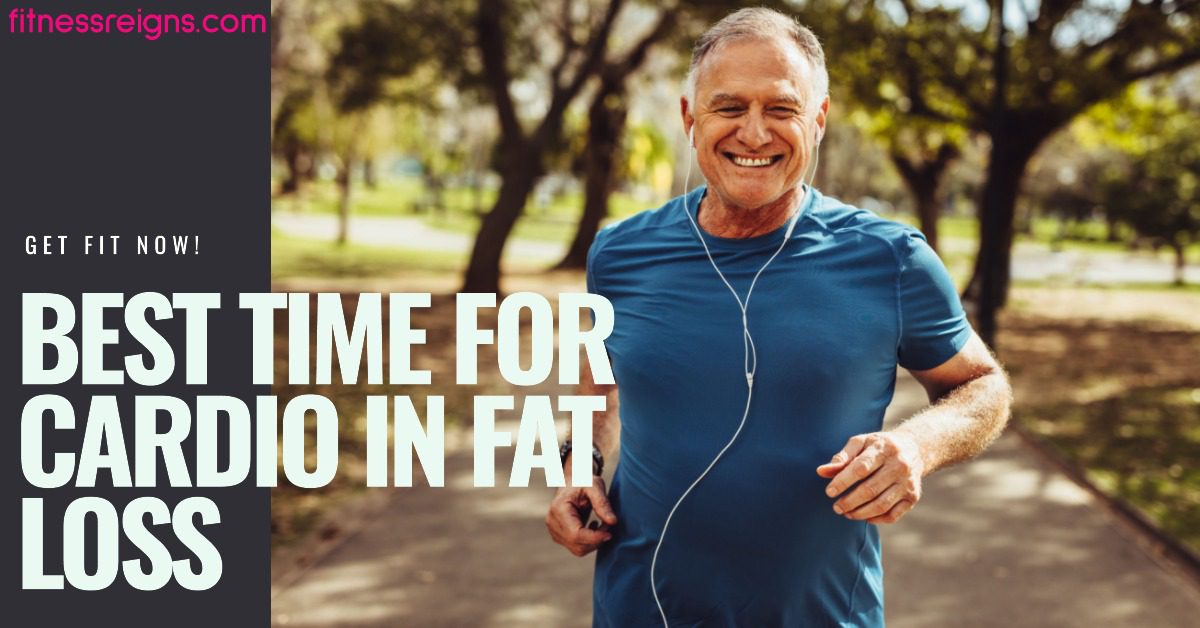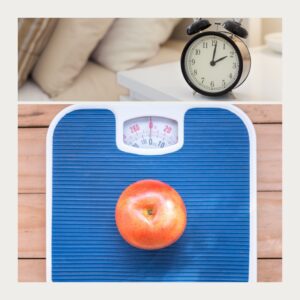Best Time for Cardio in Fat Loss
Are you looking to optimize your fat loss journey? Incorporating cardio into your workout routine can be an effective strategy. However, the timing of your cardio sessions can impact your results. In this article, we will explore the best time for cardio in fat loss and how it can maximize your efforts. Let’s dive in!
1. Understanding the Role of Cardio in Fat Loss
Before we discuss the timing, it’s crucial to understand the importance of cardio in fat loss. Cardiovascular exercises, such as running, cycling, or swimming, elevate your heart rate, increase calorie expenditure, and promote fat burning. Regular cardio sessions can contribute to creating a calorie deficit, a key factor in losing body fat.
2. Morning Cardio: Fasted or Fed?
-
Fasted Cardio
Fasted cardio involves performing cardiovascular exercise on an empty stomach, typically in the morning before breakfast. Proponents of fasted cardio suggest that in the absence of readily available carbohydrates, the body taps into stored fat for energy, leading to increased fat burning. However, the scientific evidence supporting this claim is inconclusive.
-
Fed Cardio
Fed cardio refers to performing cardio sessions after consuming a meal or a pre-workout snack. This approach provides the body with readily available energy, allowing you to potentially exercise at higher intensities. While the body may rely more on carbohydrates for fuel during fed cardio, the total calorie expenditure remains an important factor in fat loss.
3. Afternoon or Evening Cardio
Cardio sessions performed later in the day can also be effective for fat loss. Research suggests that our body’s metabolism and performance tend to be at their peak during these times. Additionally, engaging in cardio later in the day can help relieve stress and improve sleep quality, both of which are essential for overall well-being and weight management.
4. Choosing the Best Time for You 
The best time for cardio ultimately depends on your personal preferences, schedule, and individual response to exercise. It’s essential to find a time that allows you to be consistent and enjoy your workouts. Consistency is key in achieving long-term fat loss results.
BEST SUPPLEMENTS OF LOOSE FAT EASILY CHECK BUY LINKS HERE-
-
MuscleTech, Hydroxycut Hardcore, Super Elite, Supports Fat Metabolism – Pack of 100 Veggie Capsules- CHECK BUY LINK
-
DC DOCTORS CHOICE Shredz Pro Formula with 500mg Acetyl-L-Carnitine CLA Green Coffee Bean Extract Garcinia Cambogia (60 Tablets)- CHECK BUY LINK
Conclusion
In conclusion, the best time for cardio in fat loss varies from person to person. Whether you prefer fasted cardio in the morning, fueled cardio during the day, or cardio sessions in the evening, the most important factor is consistency. Find a time that works best for you and aligns with your lifestyle. Remember to combine cardio with a balanced diet and strength training for optimal fat loss results.
FAQs (Frequently Asked Questions)
FAQ 1: How long should my cardio sessions be for fat loss?
The duration of your cardio sessions depends on your fitness level and goals. Aim for at least 150 minutes of moderate-intensity cardio or 75 minutes of vigorous-intensity cardio per week for general health benefits. Adjust the duration based on your fat loss goals and consult with a fitness professional for personalized recommendations.
FAQ 2: Can I do cardio and strength training on the same day?
Yes, you can combine cardio and strength training in the same workout session. However, if your primary focus is on building strength and muscle, consider separating your cardio and strength training sessions to prioritize recovery and maximize the benefits of each.
FAQ 3: How many days a week should I do cardio for fat loss?
To promote fat loss, aim for a minimum of 3-5 cardio sessions per week. Start with a frequency that you can comfortably maintain and gradually increase it as your fitness level improves. Remember to allow for adequate rest and recovery days in your workout schedule.
FAQ 4: Should I do high-intensity or low-intensity cardio for fat loss?
Both high-intensity and low-intensity cardio have their benefits. High-intensity interval training (HIIT) can be time-efficient and effective for fat burning, while low-intensity steady-state (LISS) cardio can help improve endurance and recovery. Consider incorporating a mix of both into your routine for optimal results.
FAQ 5: Can I do cardio on an empty stomach if I feel lightheaded or low on energy?
If you experience lightheadedness or low energy levels during fasted cardio, it may be beneficial to have a light snack or a small meal before your workout. Listen to your body and prioritize safety and well-being during your exercise sessions.
Cardio in Fat Loss
Cardio in Fat Loss
Cardio in Fat Loss


